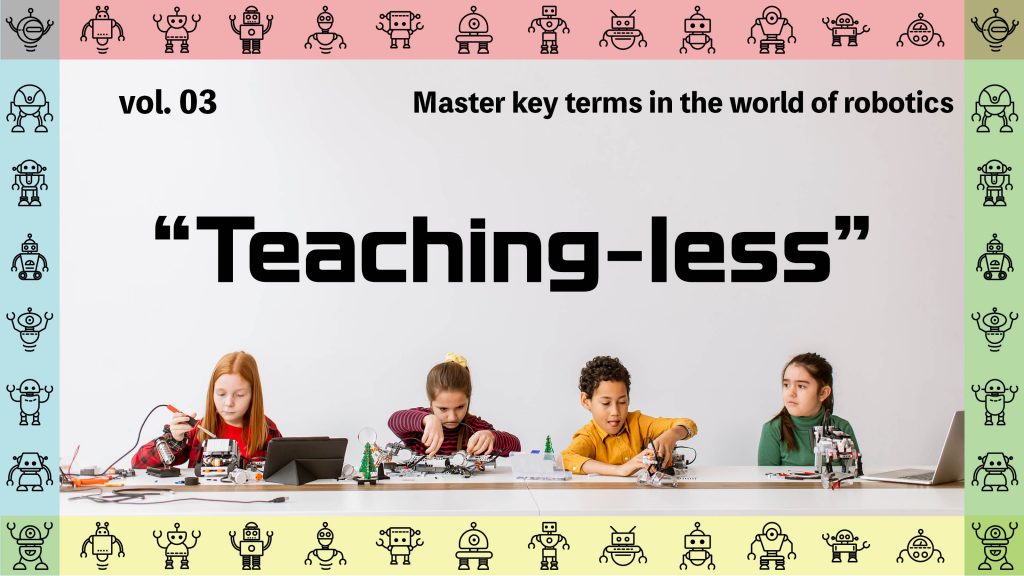
- News
- Basics
- Products
- JP Job shop
- Exhibition
- Interview
- Statistic
- PR
- Download
- Special contents
Basics
June 21, 2024

We hear this word a lot these days on the topic of industrial robots, but it’s hard to answer with confidence when asked, “What does it mean?”. Do you have such words?
In our latest column, “Master Key Terms in the World of Robotics,” we introduce such key words and new terms in the industrial robotics industry. This time, we focus on “teaching-less,” a key concept driving the adoption of robots.
Robots can’t do anything by just being there. They work by following specific actions defined through programming, and the process of inputting these programs is called “teaching.” So, “teaching-less” (sometimes referred to as “teach-less”) means that no teaching is required. Teaching-less robots are those that operate without the need for this teaching process.
Even without the need for teaching, some form of programming is still required. Traditional teaching includes online teaching using a teaching pendant and offline teaching, where most of the program is created on a computer, with the pendant used for fine adjustments. Another method is direct teaching, where the robot is manually guided by a human and its movements are converted into a program. This method allows for teaching without specialized programming knowledge, making the process easier as technology advances.
There are several ways to achieve teaching-less operation. One method is to use various sensors. Sensors recognize objects and automatically adjust the program to match subtle differences, minimizing the need for teaching. However, this often results in only minor adjustments rather than complete teaching-less functionality. Currently, the closest thing to true teaching-less operation are robots that use artificial intelligence (AI) to generate programs.
Teaching-less robots with integrated AI still require a basic program based on the task, but they generate their own programs based on the environment. Similarly, for example, in a restaurant, you might tell a trainee to “wash the dishes and place them on the tray,” but you don’t need to specify how each dish should be held or washed.
In contrast, traditional robots required detailed instructions on how to hold, wash, and place each dish. Teaching required significant expertise, making it impractical for non-manufacturing environments such as restaurants or retail stores, thus limiting the spread of robots outside manufacturing.
Recently, the use of AI itself is evolving. For instance, it has been demonstrated that conversational AI services such as ChatGPT have been shown to generate programs using natural language. As teaching-less technology advances, making robots as easy to use as home appliances, their adoption will likely explode.
March 29, 2024
November 10, 2023